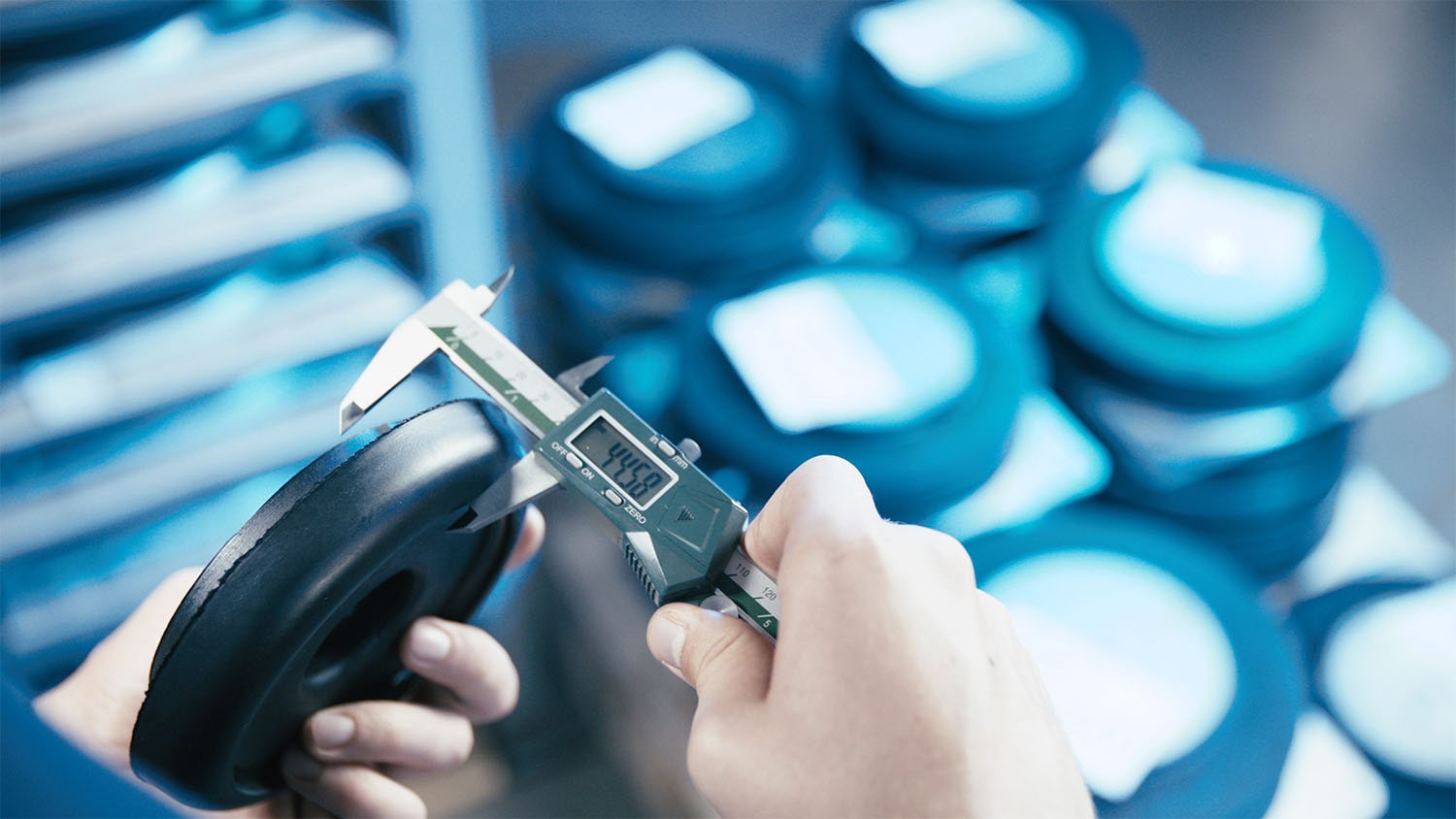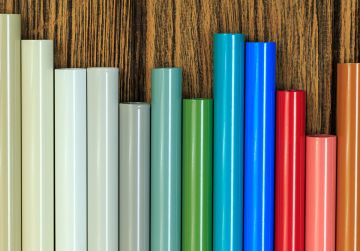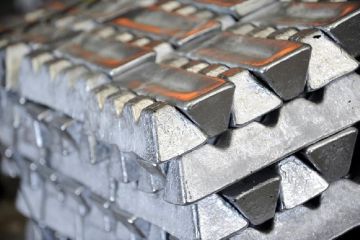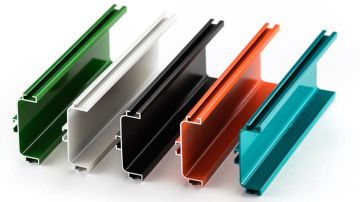Quality control and inspection in the aluminum production process encompasses various techniques and methodologies used to ensure the production of high-quality aluminum products that meet industry standards and customer requirements. Here's an overview of quality control and inspection in the aluminum production process:
- Raw Material Inspection:
- The quality control process begins with the inspection of raw materials, including aluminum ingots, billets, and other alloys. Various tests, such as chemical composition analysis, mechanical testing, and visual inspection, are performed to verify the material's quality and suitability for production.
- The quality control process begins with the inspection of raw materials, including aluminum ingots, billets, and other alloys. Various tests, such as chemical composition analysis, mechanical testing, and visual inspection, are performed to verify the material's quality and suitability for production.
- Melting and Casting:
- During the melting and casting stages, in-process inspections are conducted to monitor the temperature, composition, and cleanliness of the molten aluminum. These inspections ensure that the molten aluminum meets the required specifications and is free from impurities.
- During the melting and casting stages, in-process inspections are conducted to monitor the temperature, composition, and cleanliness of the molten aluminum. These inspections ensure that the molten aluminum meets the required specifications and is free from impurities.
- Extrusion:
- In the extrusion process, comprehensive quality control measures are implemented to ensure the dimensional accuracy, surface quality, and mechanical properties of the extruded profiles. Various inspection techniques include:
- Dimensional Measurement: Profiles are measured to verify their length, width, height, and cross-sectional dimensions using advanced measurement tools like laser scanners and touch probes.
- Surface Inspection: Visual inspections are carried out to detect surface defects such as scratches, dents, or other imperfections that could affect the product's aesthetics or performance.
- Optical Gauging: Advanced optical gauging systems are used to detect surface irregularities and profile shape deviations with high precision.
- Dimensional Measurement: Profiles are measured to verify their length, width, height, and cross-sectional dimensions using advanced measurement tools like laser scanners and touch probes.
- In the extrusion process, comprehensive quality control measures are implemented to ensure the dimensional accuracy, surface quality, and mechanical properties of the extruded profiles. Various inspection techniques include:
- Aging (Heat Treatment):
- Samples from the extruded profiles are subjected to mechanical testing to verify the achieved strength and hardness after the aging process.
- Samples from the extruded profiles are subjected to mechanical testing to verify the achieved strength and hardness after the aging process.
- Surface Treatment:
- For extruded profiles undergoing surface treatments like anodizing, powder coating, or painting, inspections are performed to ensure the coating thickness, adhesion, and visual quality meet the specified requirements.
- For extruded profiles undergoing surface treatments like anodizing, powder coating, or painting, inspections are performed to ensure the coating thickness, adhesion, and visual quality meet the specified requirements.
- Mechanical Testing:
- Mechanical testing involves subjecting aluminum samples to various tests, including tensile strength, yield strength, elongation, hardness, and impact resistance. These tests help determine the material's strength and suitability for the intended application.
- Mechanical testing involves subjecting aluminum samples to various tests, including tensile strength, yield strength, elongation, hardness, and impact resistance. These tests help determine the material's strength and suitability for the intended application.
- Non-Destructive Testing (NDT):
- NDT methods, such as ultrasonic testing, eddy current testing, and radiographic inspection, are used to detect internal defects and irregularities in the aluminum without damaging the material.
- NDT methods, such as ultrasonic testing, eddy current testing, and radiographic inspection, are used to detect internal defects and irregularities in the aluminum without damaging the material.
- Statistical Process Control (SPC):
- SPC is employed to monitor and control process variations, ensuring production remains within acceptable limits. Statistical analysis of process data helps identify trends, deviations, and potential sources of defects.
- SPC is employed to monitor and control process variations, ensuring production remains within acceptable limits. Statistical analysis of process data helps identify trends, deviations, and potential sources of defects.
- Certification and Documentation:
- Comprehensive documentation of quality control and inspection results is maintained to track the production process and provide traceability. Certificates of conformity may be issued to demonstrate compliance with customer specifications and industry standards.
Quality control and inspection in aluminum production ensure the consistent delivery of high-quality products that meet stringent quality standards and customer expectations. By employing various technical methods, manufacturers can identify and rectify defects, ensure process consistency, and enhance the overall performance and safety of aluminum products in diverse applications.
 EN
EN
 NL
NL DE
DE





